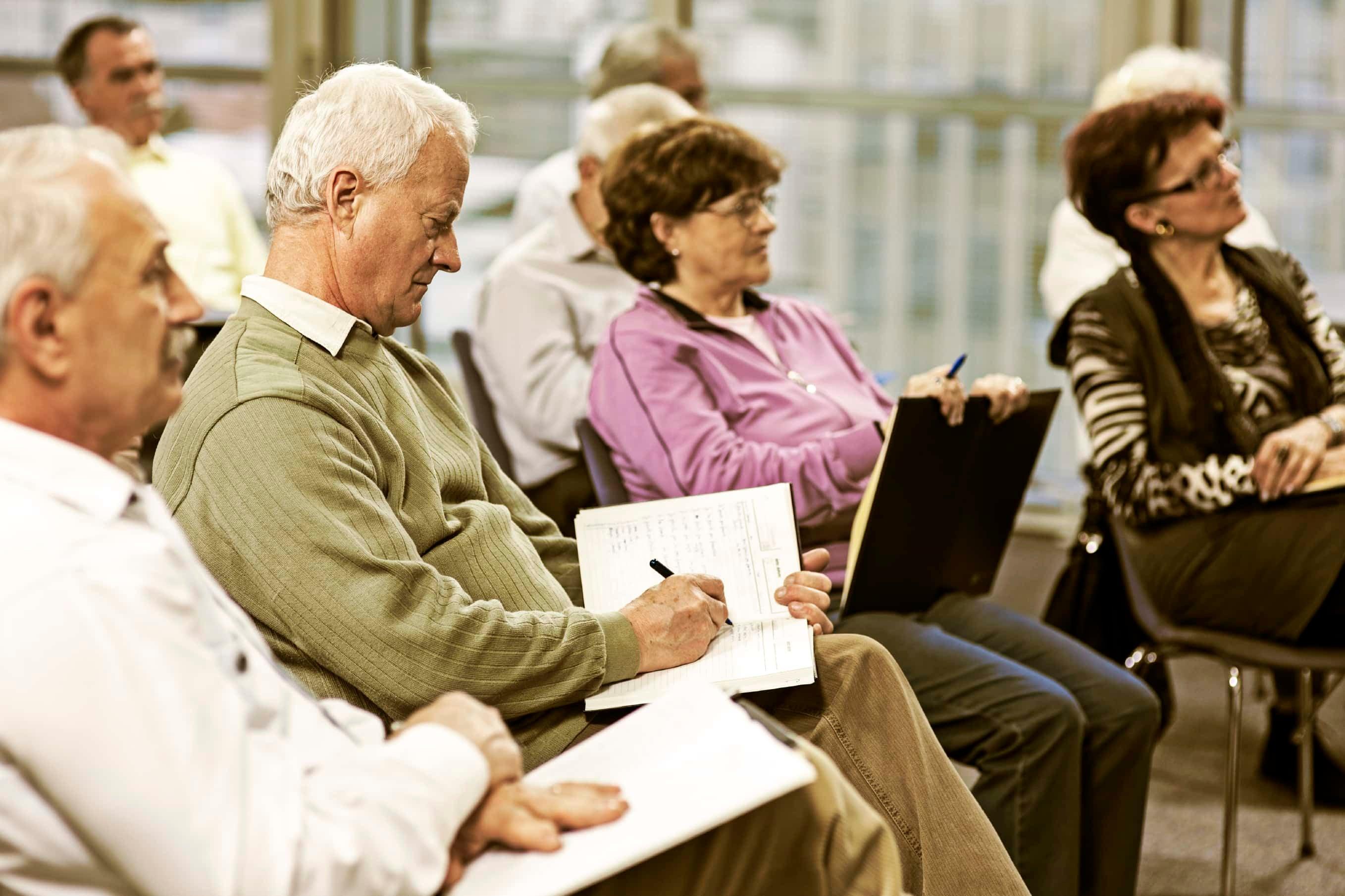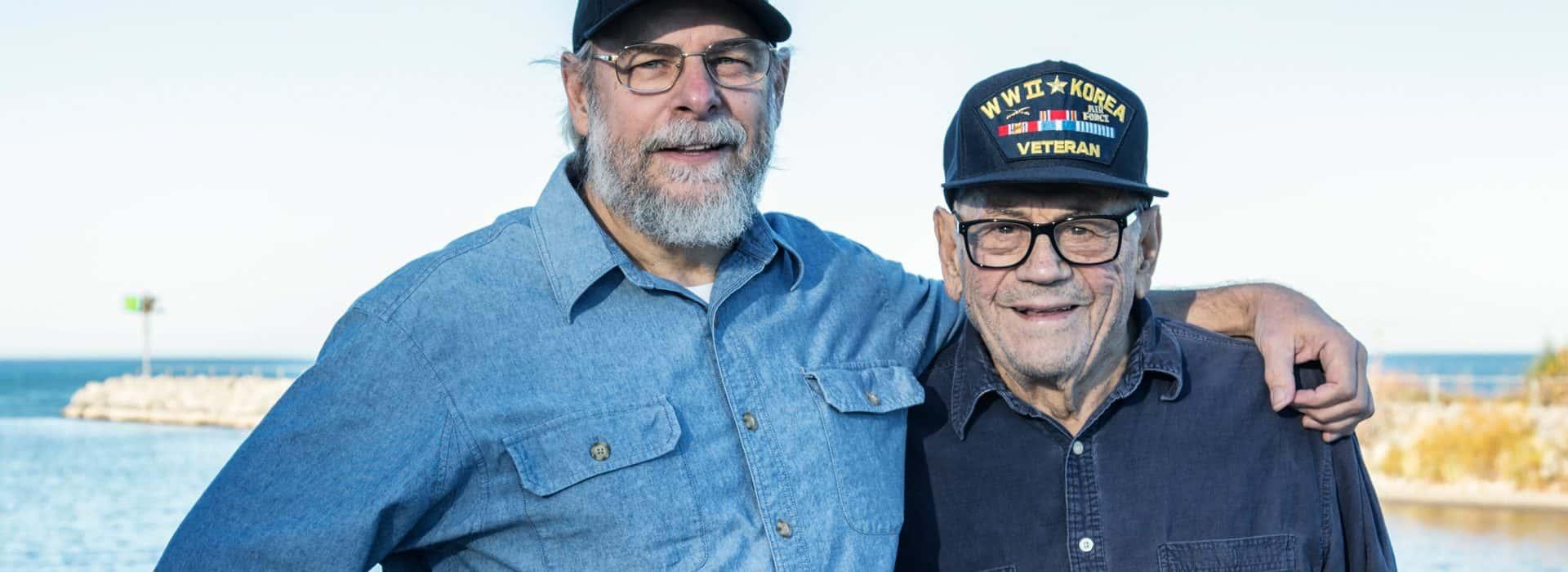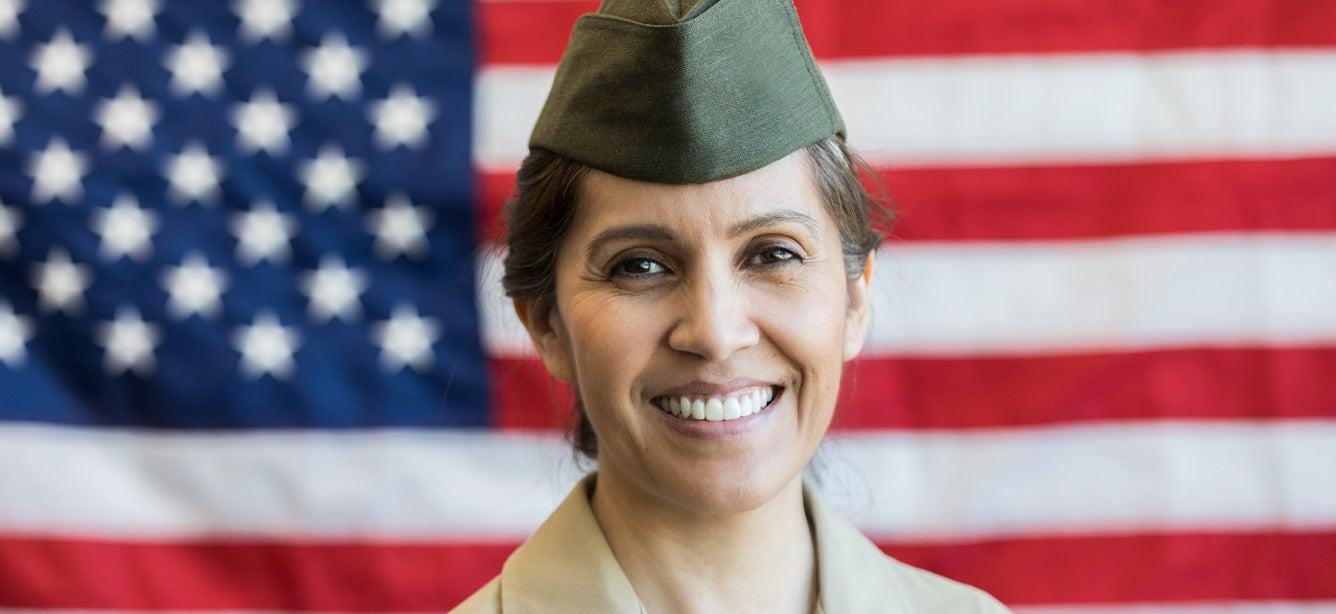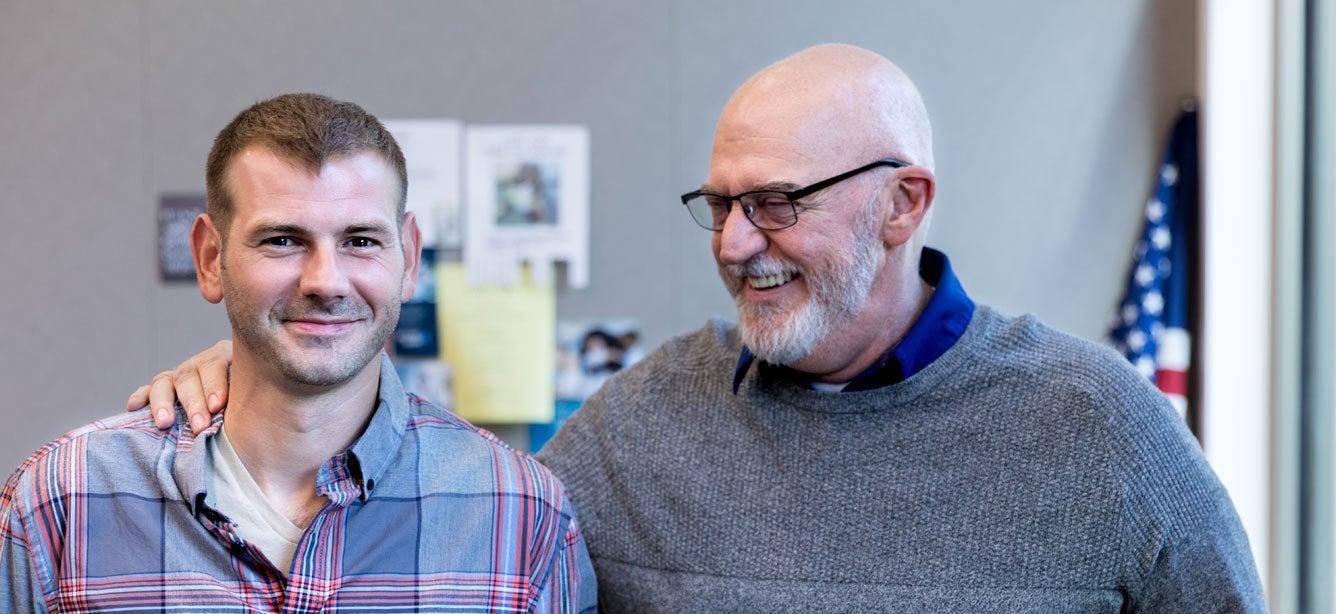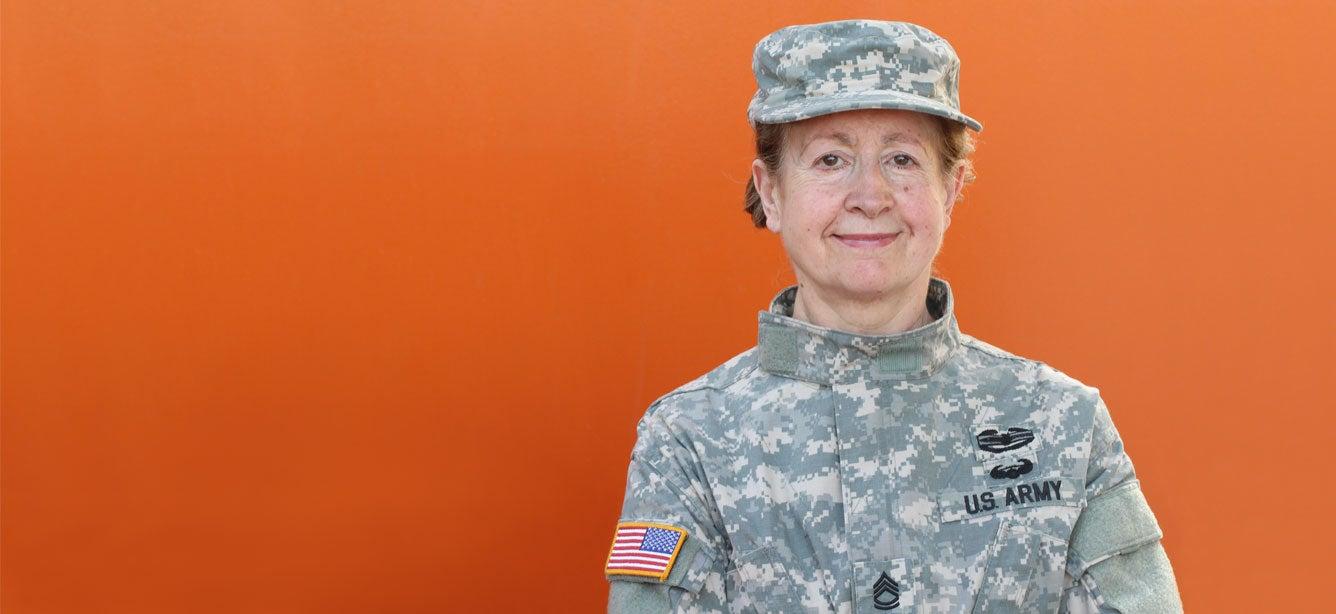
There are more than 11 million adults age 60 and older alive today who have served in the military, representing over 15% of the 60+ population. It is important to learn more about this population to identify how they are faring during retirement and to identify their needs.
To pursue this goal, NCOA and the Leading Age LTSS Center @ Umass Boston analyzed data from the Health and Retirement Study (HRS) to learn about the health and economic characteristics of the older veteran population.
Our analysis revealed two key findings:
- First, older veterans have higher incomes, yet they have less of a financial safety net in terms of savings and home equity.
- Second, older veterans are in worse health than civilians in the same age group.
Veterans benefits are likely critical to maintaining some degree of economic security among older veterans. It is critical that all veterans—including the oldest and most vulnerable—get connected with the benefits they need to have their basic needs met.
Other findings from our 2019 analysis:
- Although older veterans are more likely to be men, nearly a quarter (23%) of older adults who have served in the military are women.
- Sixty percent of older veterans have at least some college education (vs. 39% of older civilians). The GI Bill allowed WWII vets to pursue education and training beginning in 1944.
- Although home ownership rates are similar among older veterans (89%) and civilians (86%), older veterans have less home equity to tap into should they need it. Older veteran homeowners have $10,000 less in the net value of their primary residence than older civilians (median of $90,000 vs. $100,000).
- Older veterans have higher incomes than their civilian counterparts—perhaps due to veteran pensions—but they tend to have less in savings.
- Older veterans tend to report worse health than older civilians. Thirty-one percent of older veterans rate their own health as fair or poor (vs. 26% for civilians).
- Compared with older civilians, veterans have higher rates of functional limitations. A quarter (25%) of older veterans have at least one activity of daily living (ADL) limitation relative to 17% among older civilians. ADL limitations are activities related to personal care, such as bathing, dressing, walking, toileting, and eating.
Without veterans benefits such as pensions and health care, it is likely that these older adults, who tend to be in worse health than their civilian counterparts, would have substantially higher health care costs than they do now.

